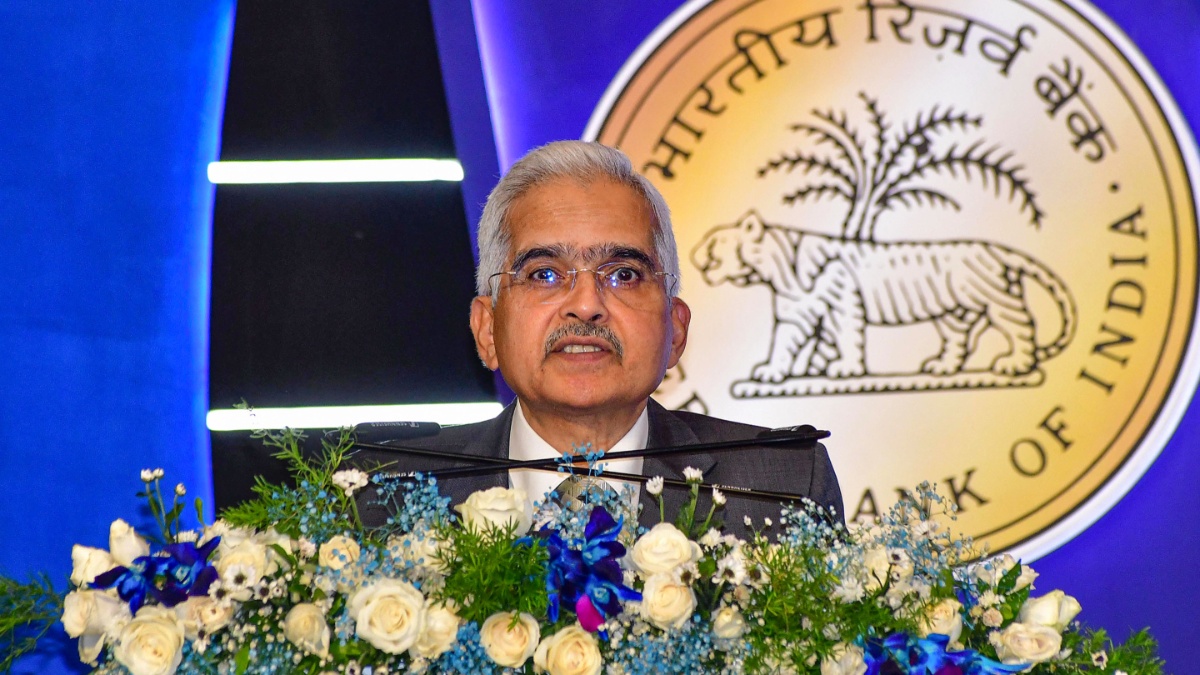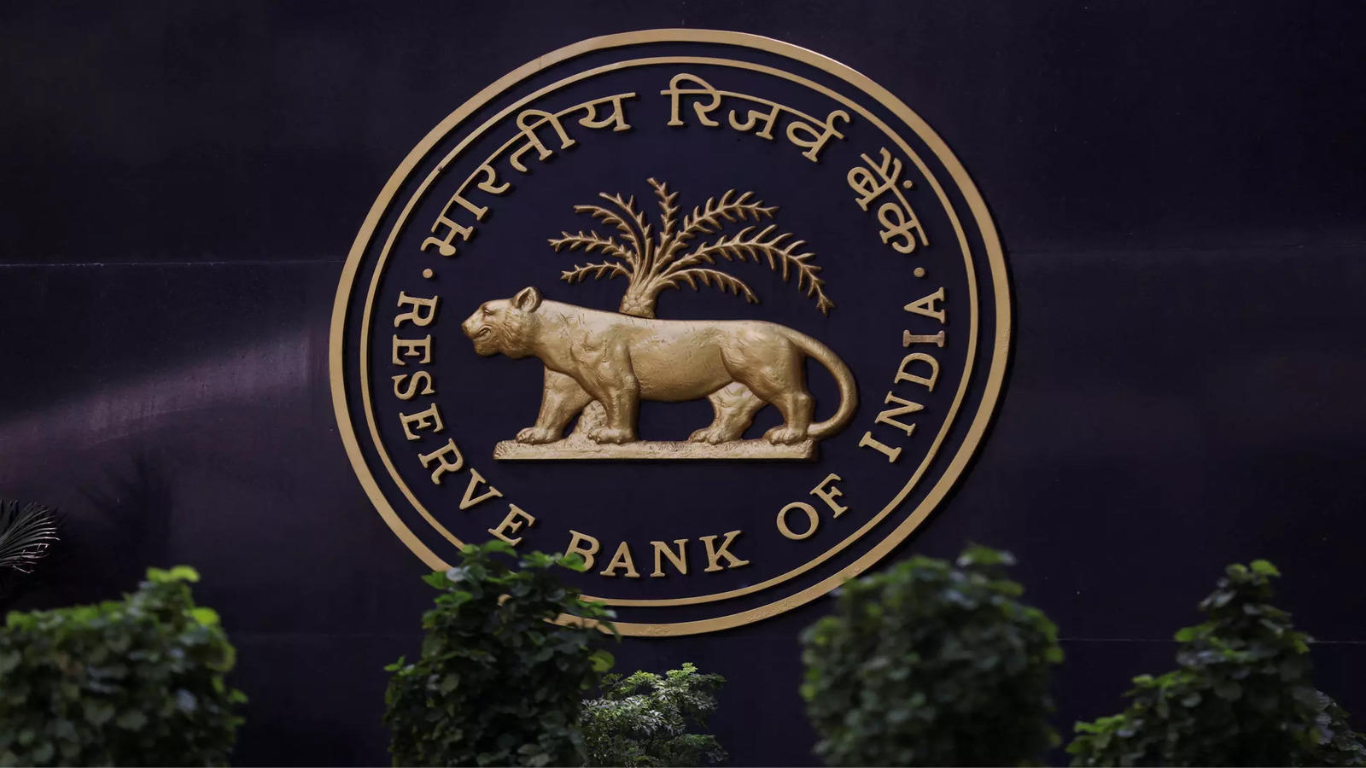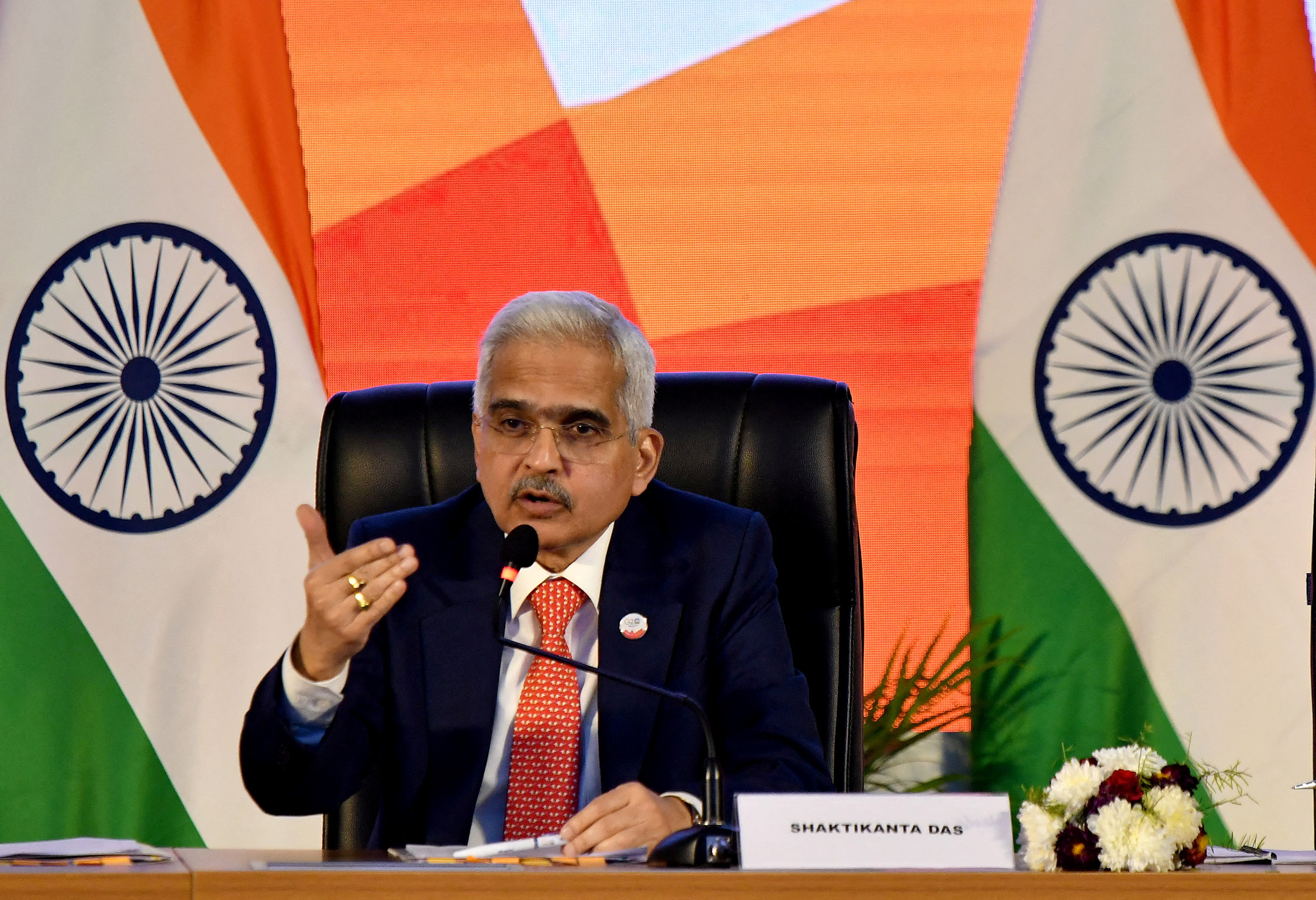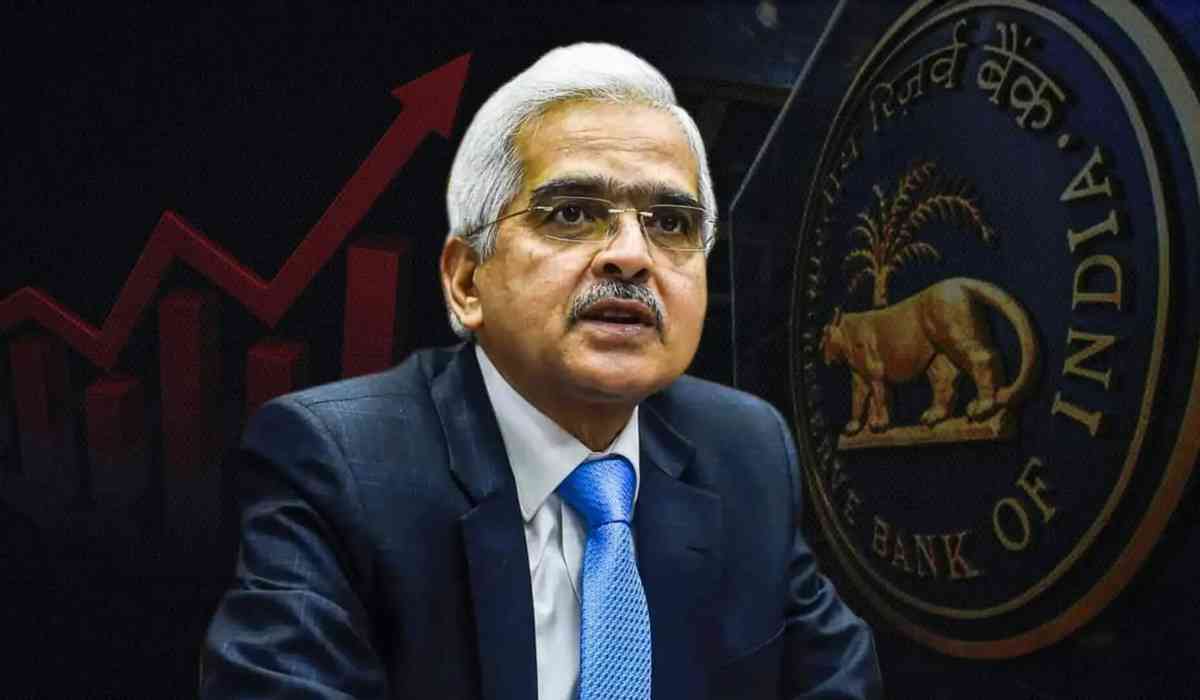The repo rate, or repurchase option rate, serves as the benchmark interest rate at which the Reserve Bank of India (RBI) provides funds to commercial banks and financial institutions within India. Recently, the RBI has made headlines by maintaining the repo rate at 6.5 percent for the eighth consecutive time, raising questions about its implications and rationale.
How does it impact you? And why didn't the RBI change it?

Significance of Repo Rate
-
An increase in the repo rate translates to higher borrowing costs for banks, which may subsequently raise interest rates for customers. This can potentially reduce household spending as disposable income decreases.
-
Conversely, a decrease in the repo rate makes borrowing cheaper for banks, prompting them to lower interest rates. This encourages consumer spending and enhances liquidity in the market.

How does the repo rate affect people?
The repo rate's fluctuations exert substantial influence on diverse aspects of the economy and individual finances:
-
Loans: Changes in the repo rate directly affect borrowing costs for non-banking financial companies (NBFCs) and banks. A higher repo rate prompts these entities to increase loan interest rates, thereby elevating borrowing costs for consumers. Conversely, a lower repo rate translates to reduced borrowing expenses, leading to lower Equated Monthly Installments (EMIs) on loans.
-
Fixed Deposits: The repo rate also influences interest rates on fixed deposits. A hike in the repo rate may prompt banks to raise fixed deposit rates to attract more funds, thereby offering better returns to depositors. Conversely, a decrease in the repo rate might lead to diminished fixed deposit rates, impacting investor returns.
-
Overall Borrowing Costs: Alterations in the repo rate can affect borrowing costs across the economy, influencing economic activity and inflation. A higher repo rate tends to curb economic activity by elevating loan costs, thus aiding in inflation control. Conversely, a lower repo rate stimulates borrowing, fostering expenditure and investment.

Repo Rate and Its Impact on the Economy
As a pivotal tool in the RBI's monetary policy toolkit, the repo rate plays a vital role in shaping economic activity. A higher repo rate can slow down economic growth by rendering loans costlier, thereby aiding in inflation management. Conversely, a lower repo rate can invigorate economic activity by reducing borrowing costs and encouraging spending and investment.
How Does the Repo Rate Affect the Stock Market?
The stock market reacts sensitively to changes in the repo rate. A rise in the repo rate elevates borrowing costs, potentially impacting corporate earnings and stock valuations adversely. Conversely, a decrease in the repo rate can stimulate economic activity, bolstering corporate earnings and stock prices.

Why the Repo Rate Remains Unchanged?
Governor Shaktikanta Das cited robust economic growth as the primary reason for maintaining the current repo rate. This decision offers the RBI flexibility to focus on managing inflation amidst global uncertainties. By steadfastly pursuing its objective of aligning inflation with the 4% target, the RBI aims to sustain economic growth while addressing inflationary pressures effectively.
The repo rate holds immense significance in shaping India's economic landscape, influencing borrowing costs, consumer spending, and market dynamics. The RBI's decision to maintain the repo rate reflects a strategic approach aimed at balancing economic growth and inflation control in a dynamic global environment.
With inputs from agencies
Image Source: Multiple agencies
© Copyright 2024. All Rights Reserved Powered by Vygr Media.

























